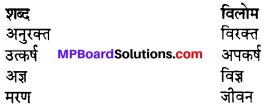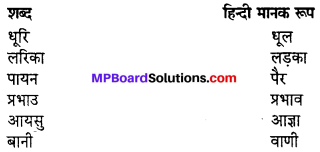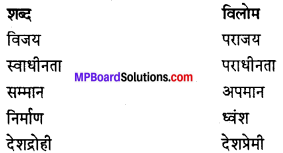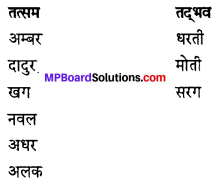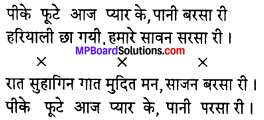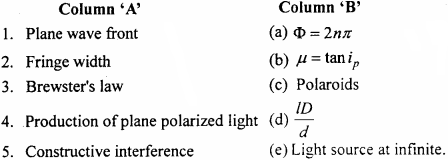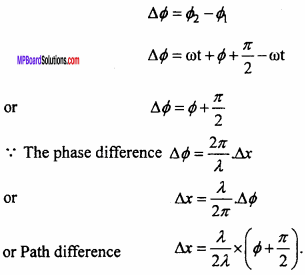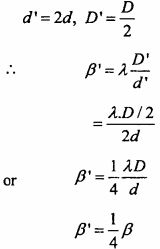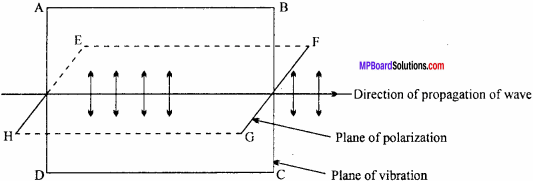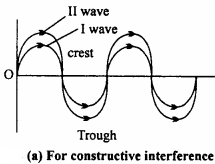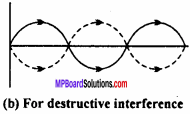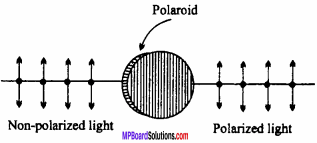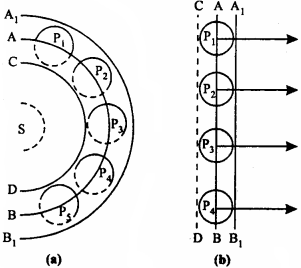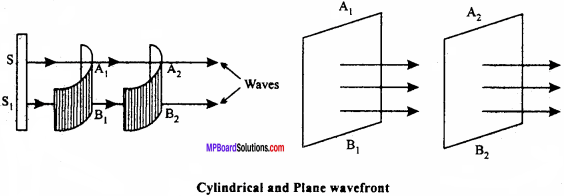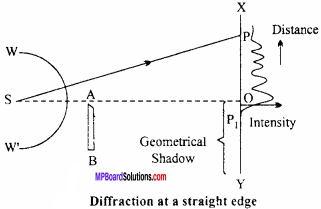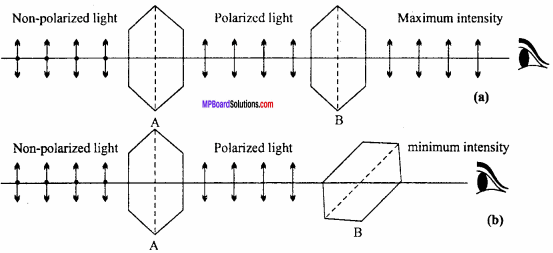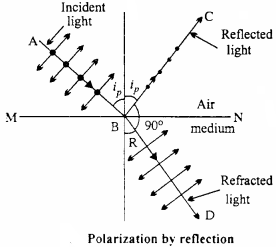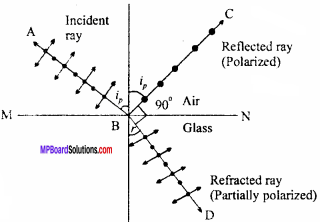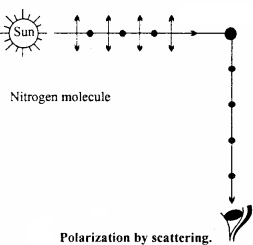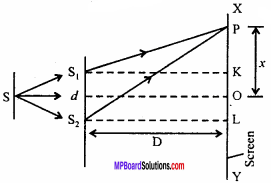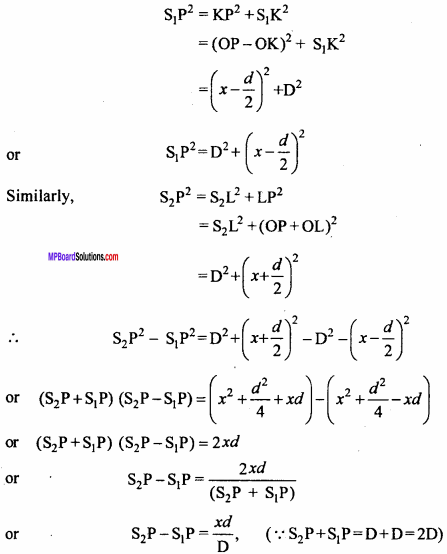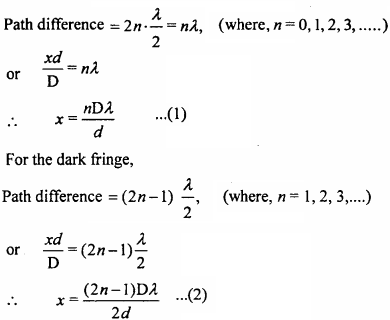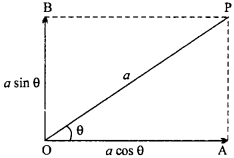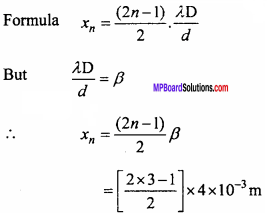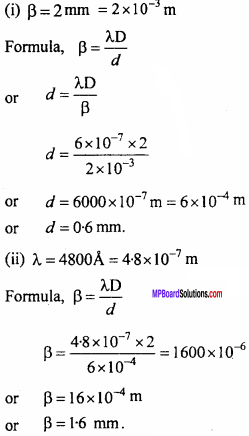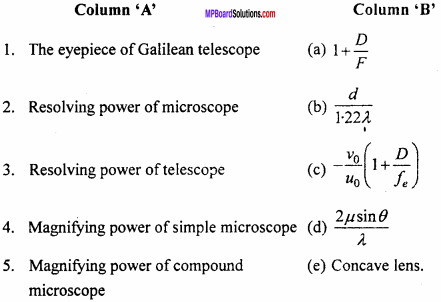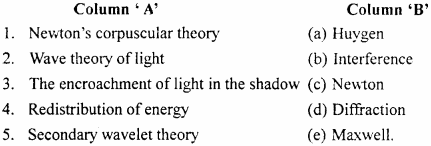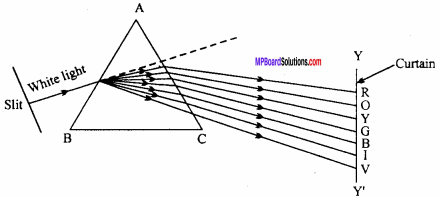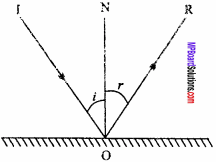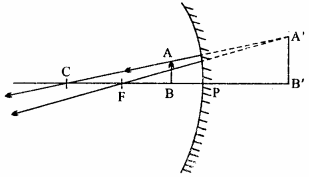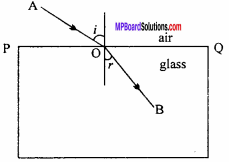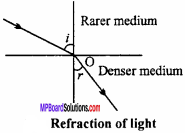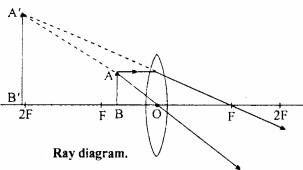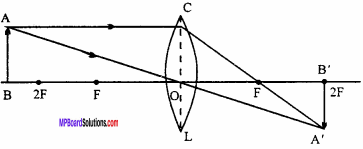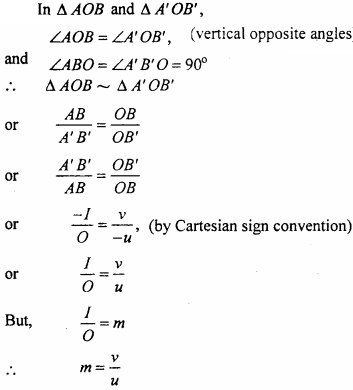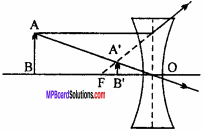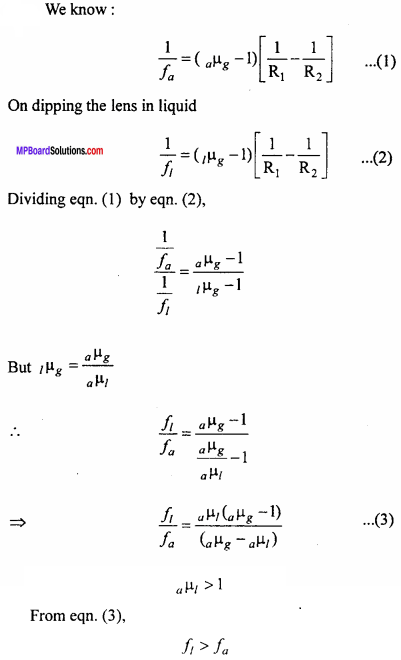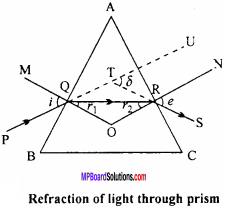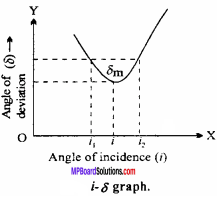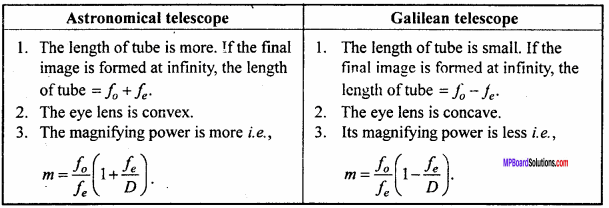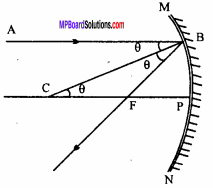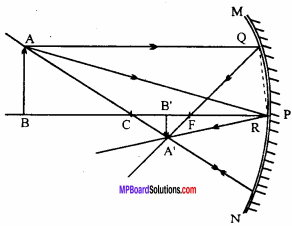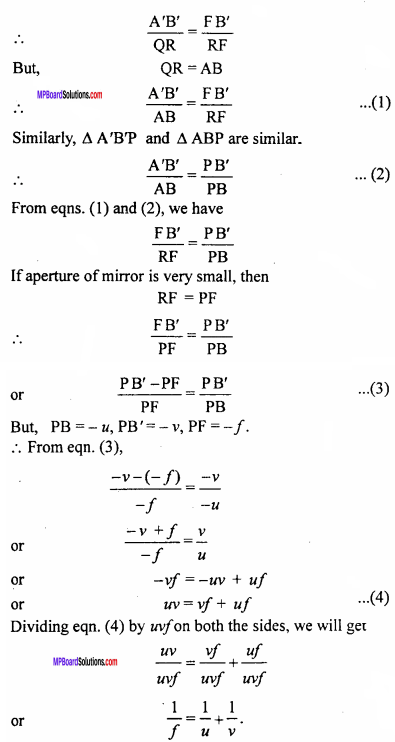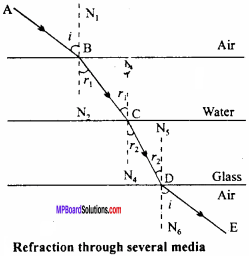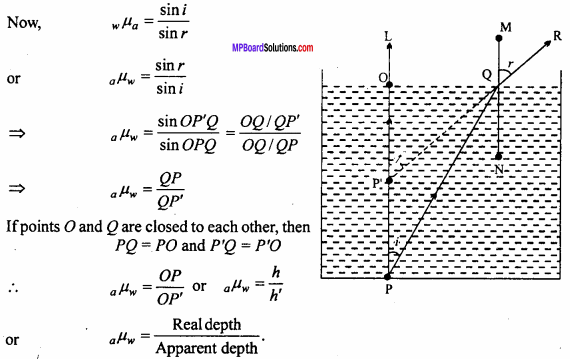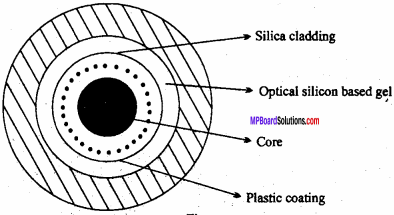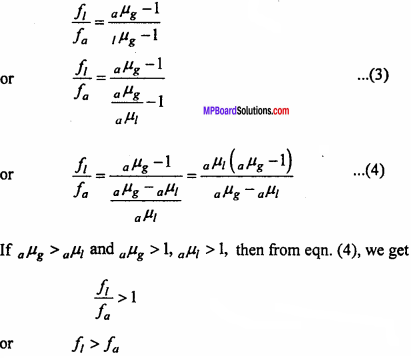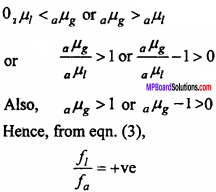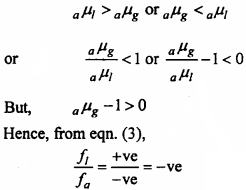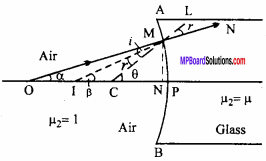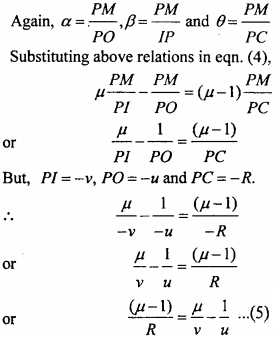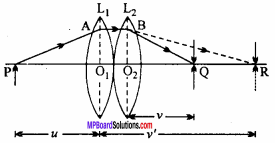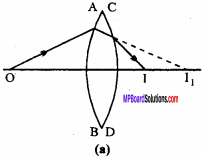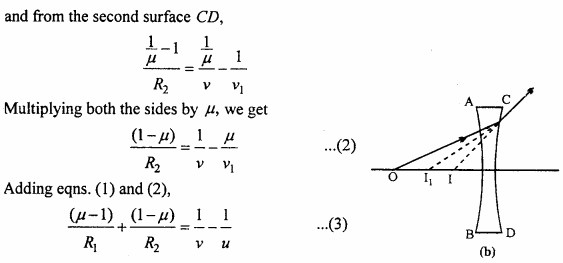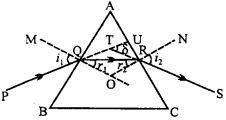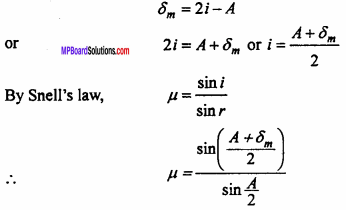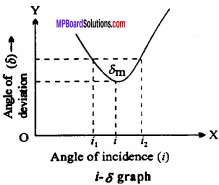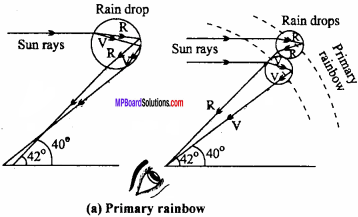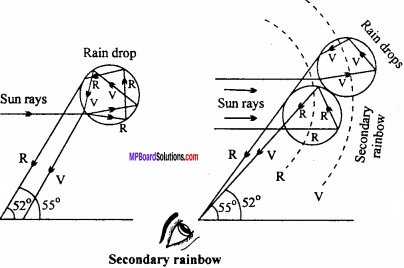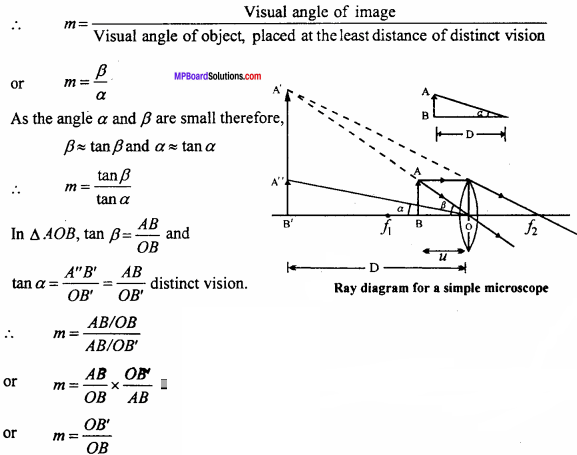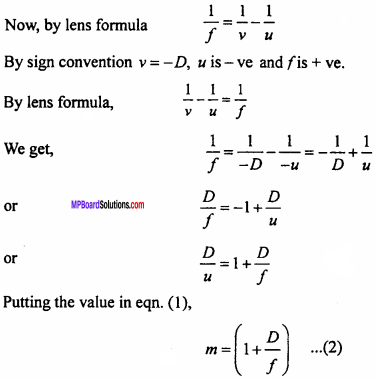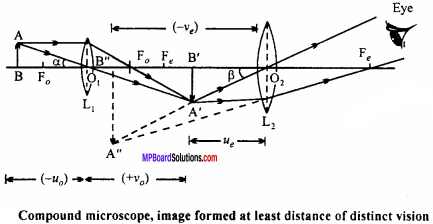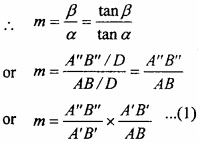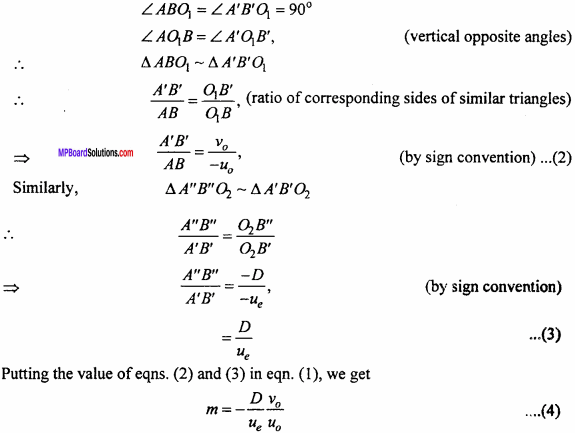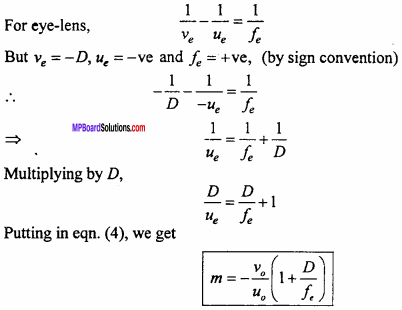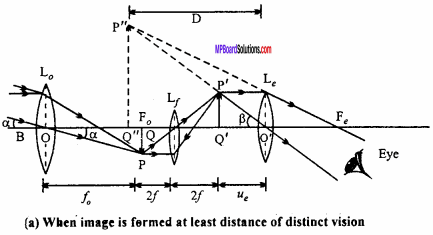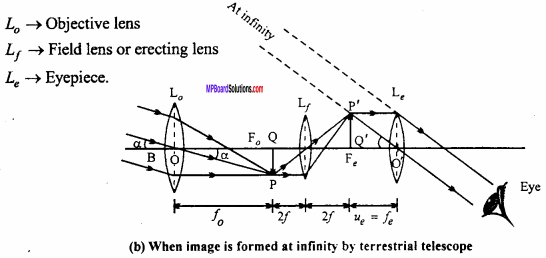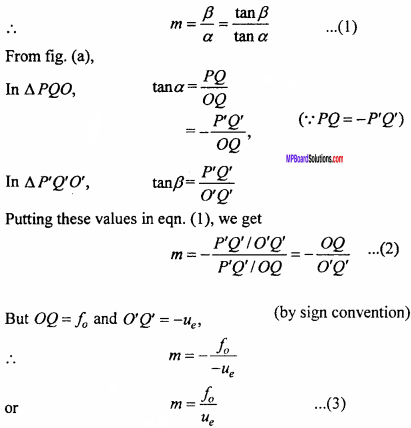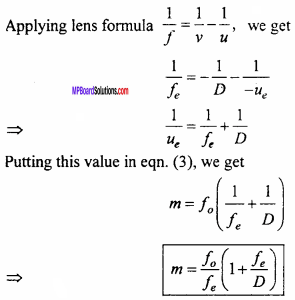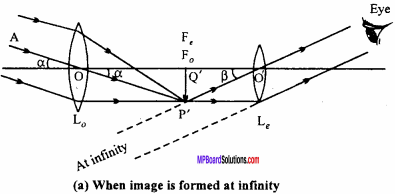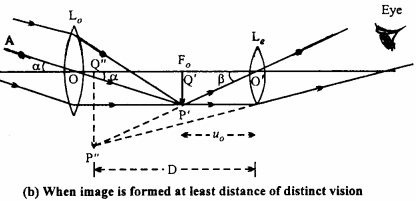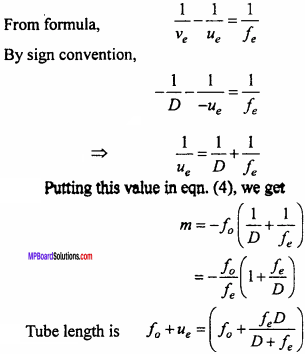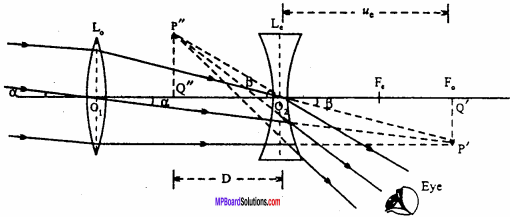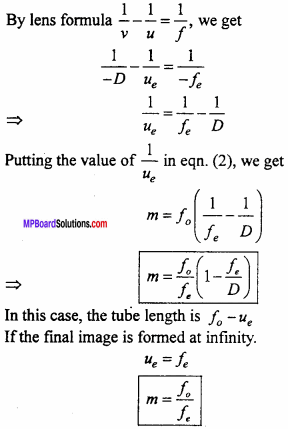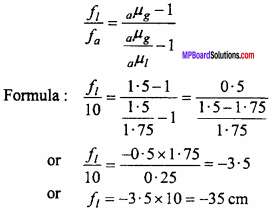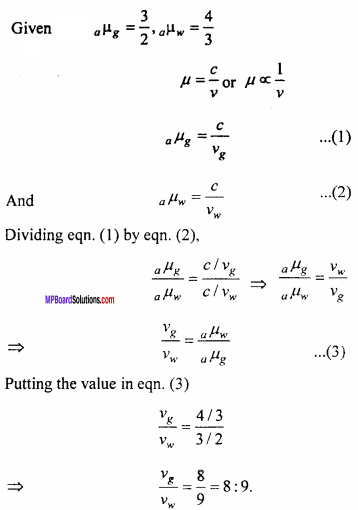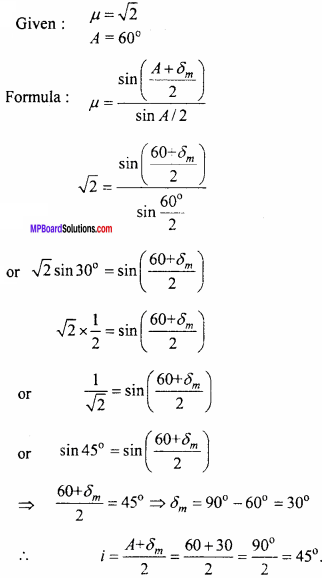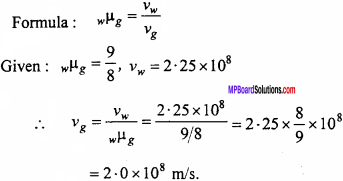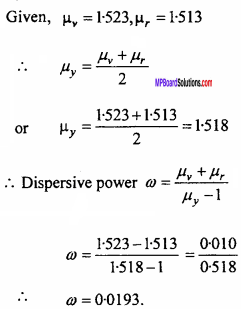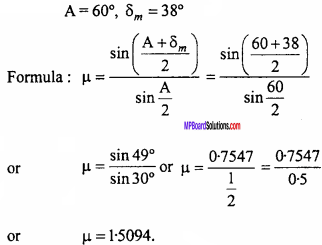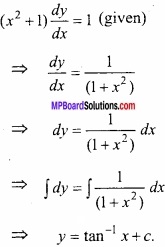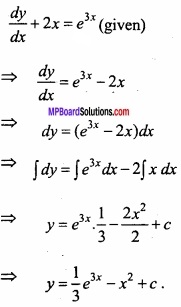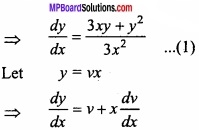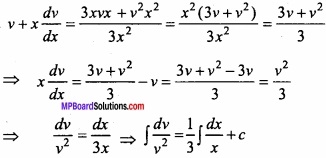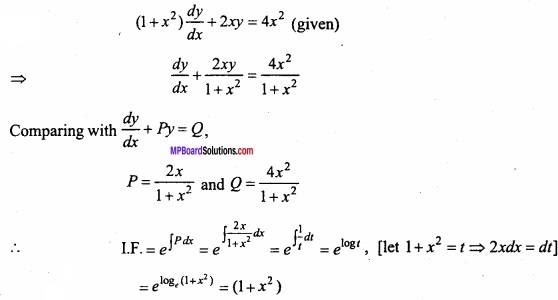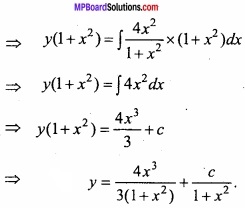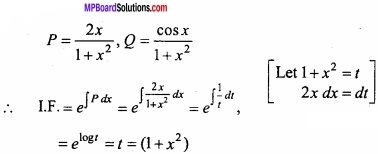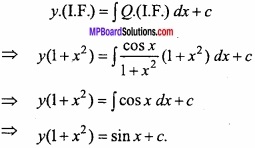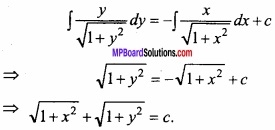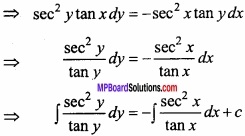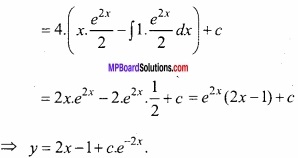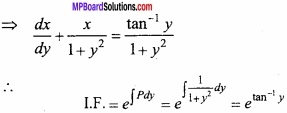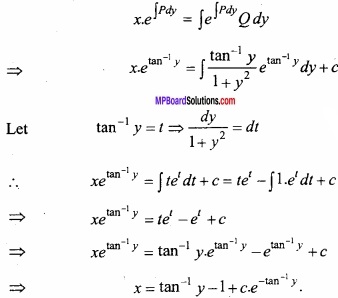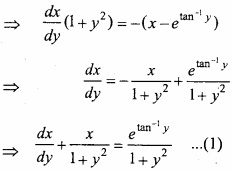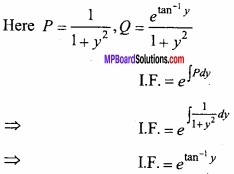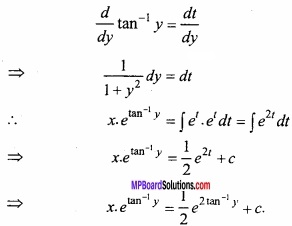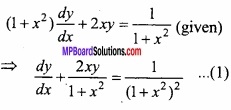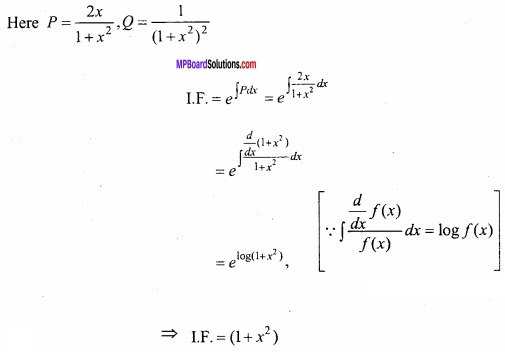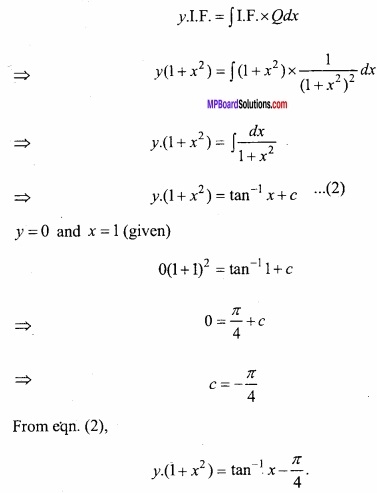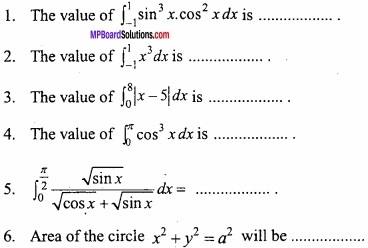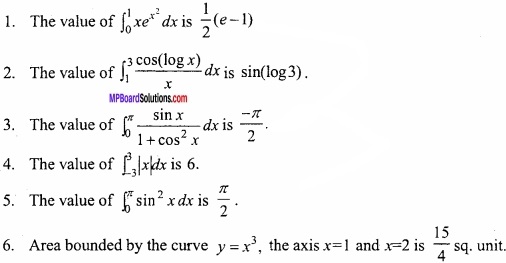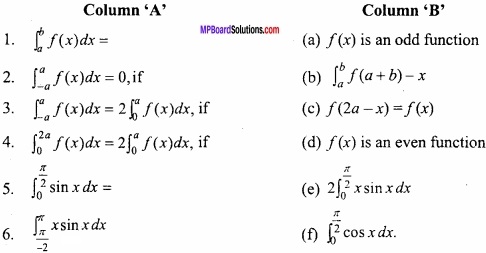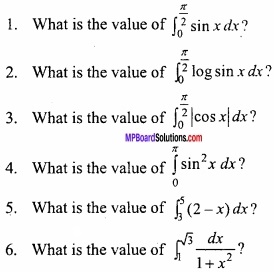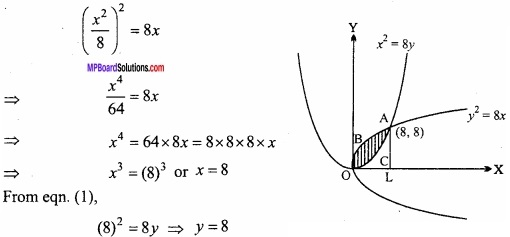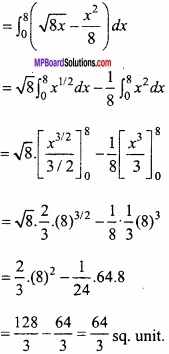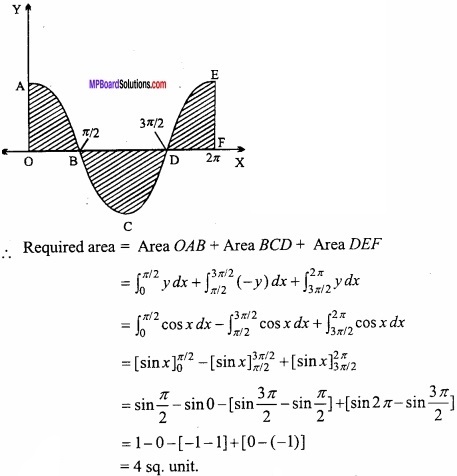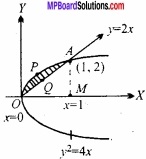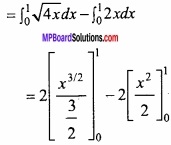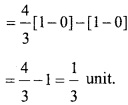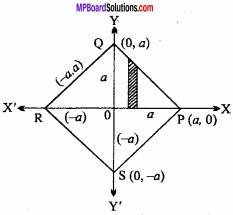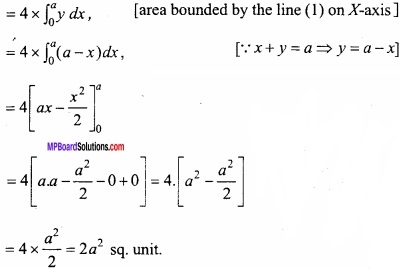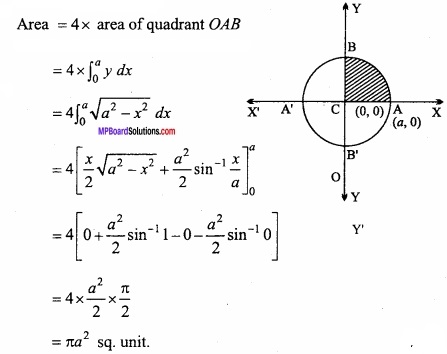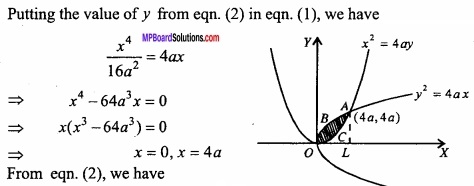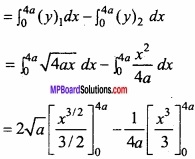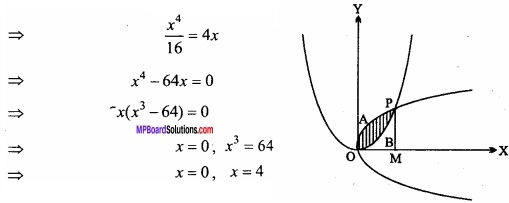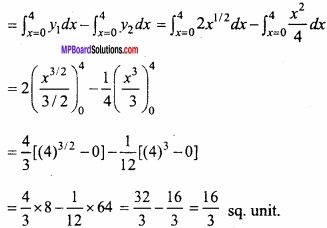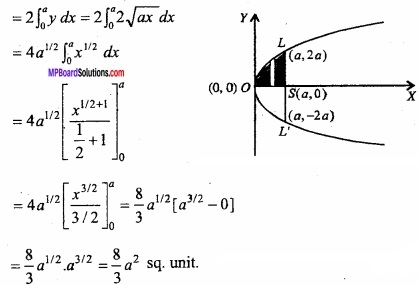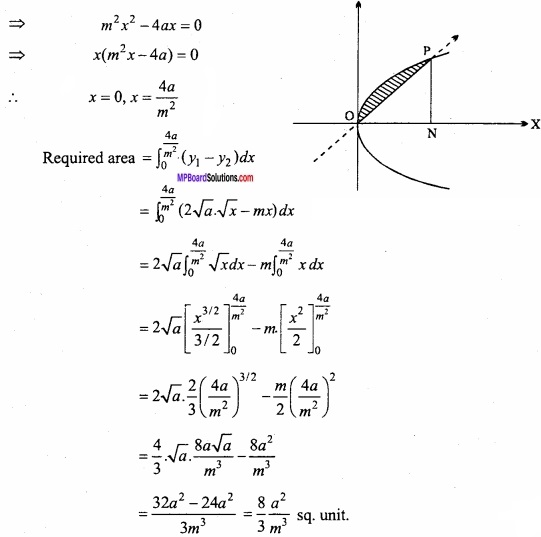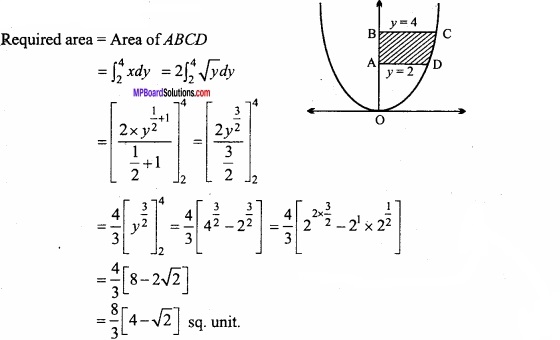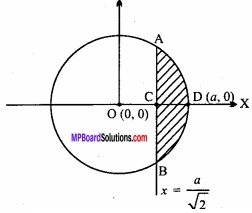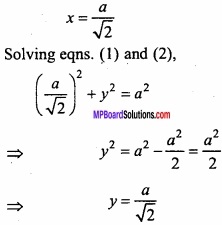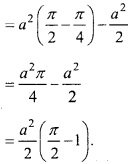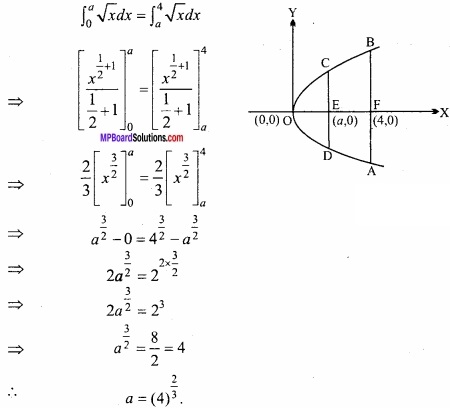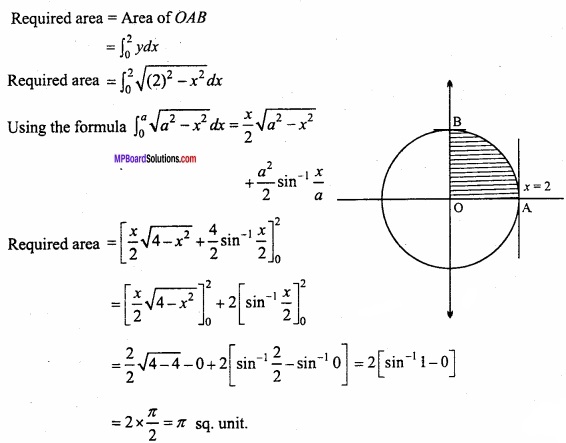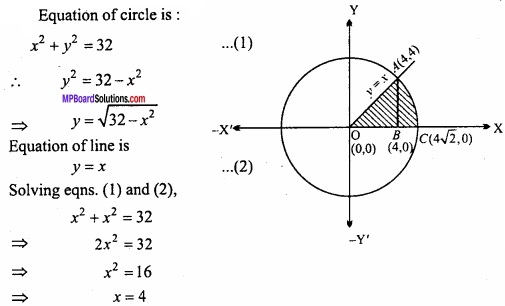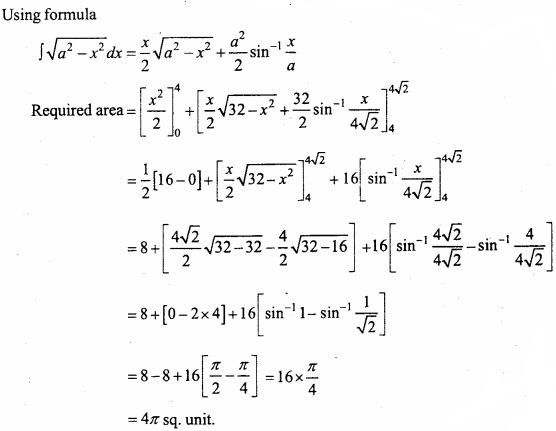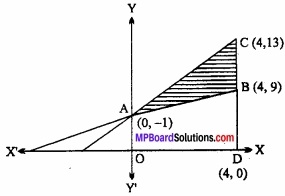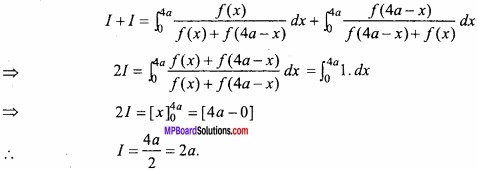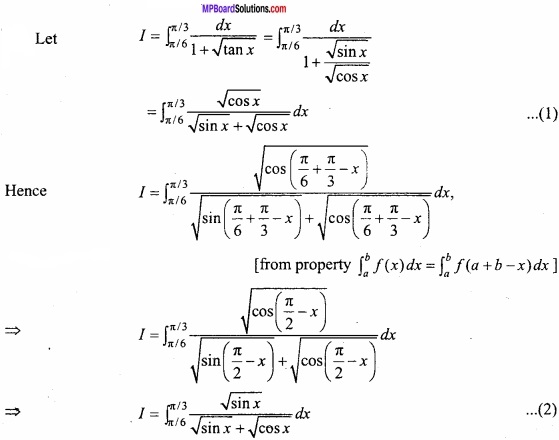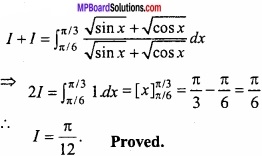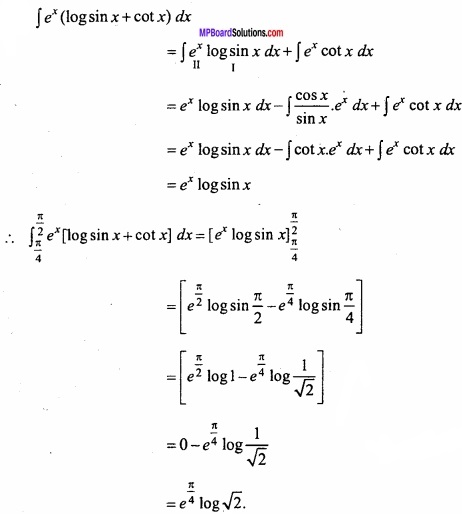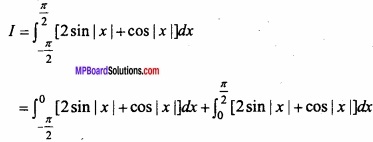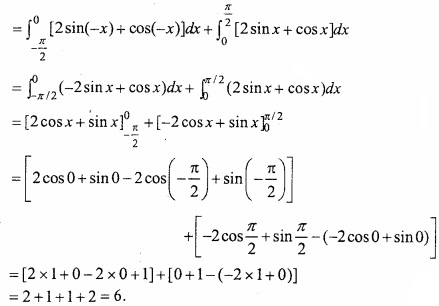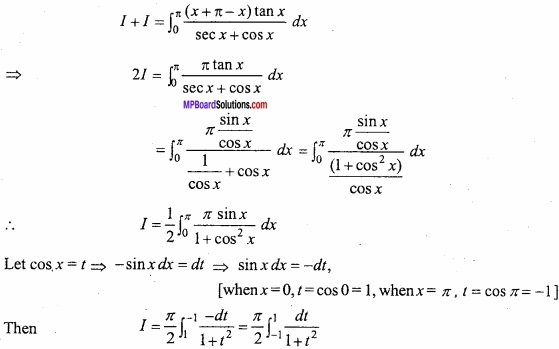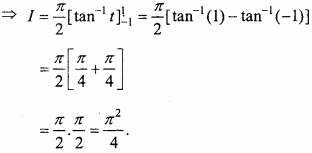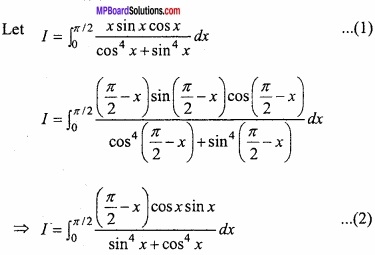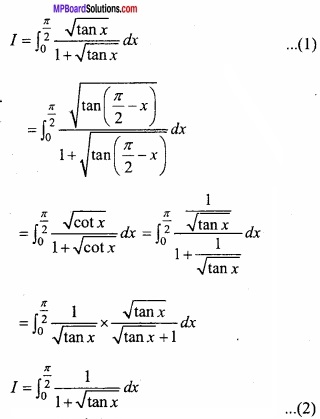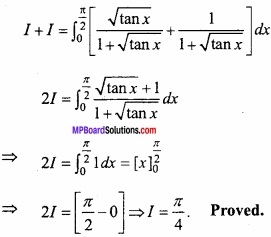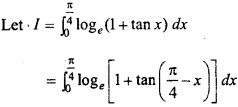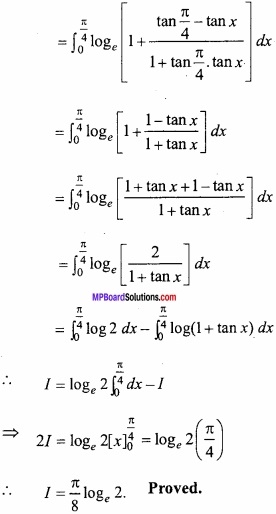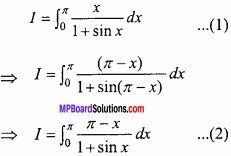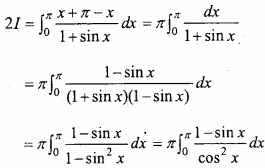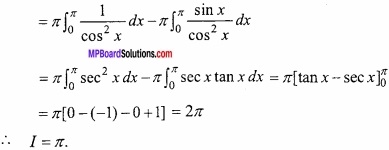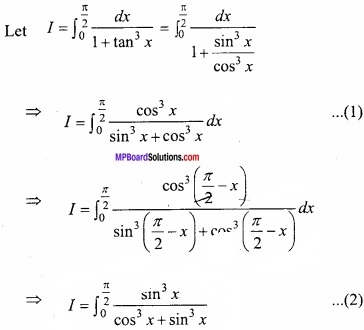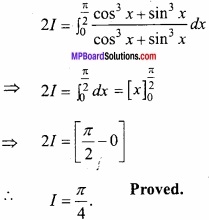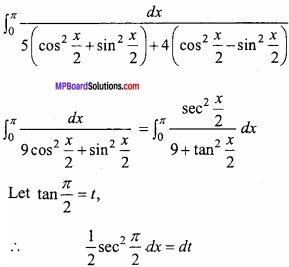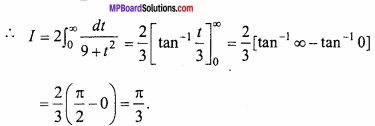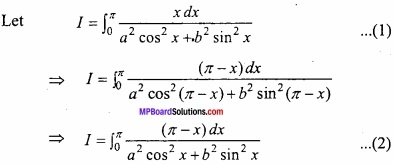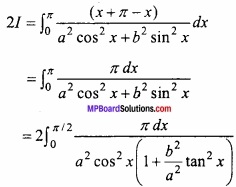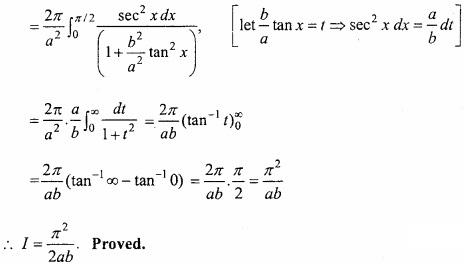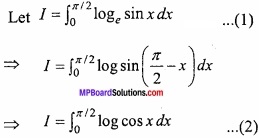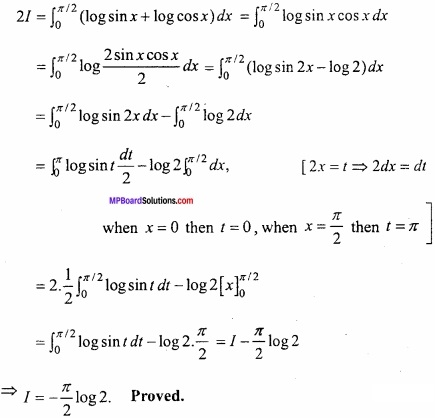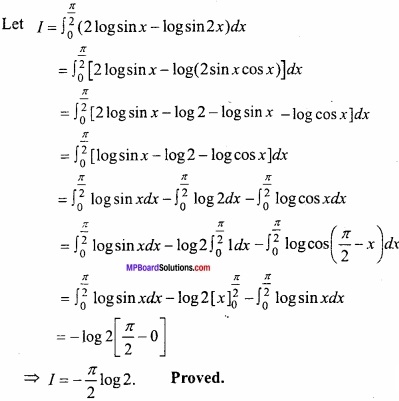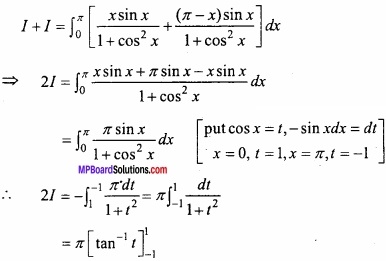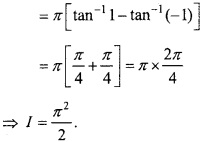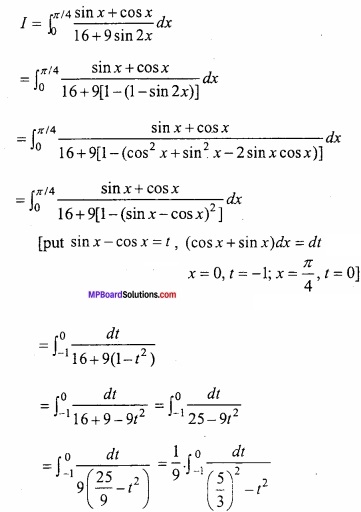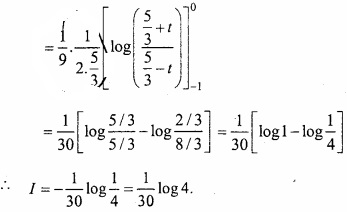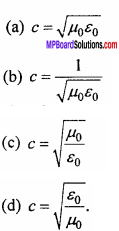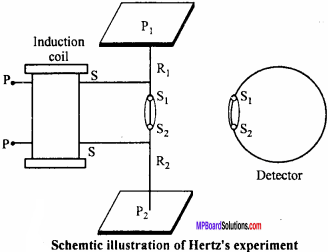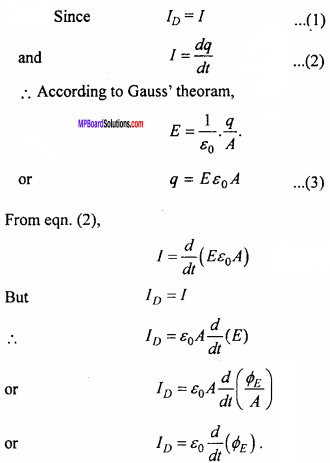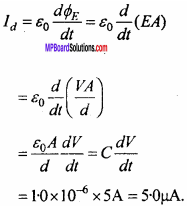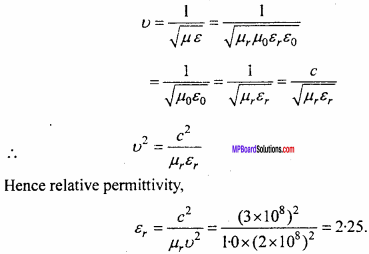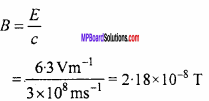MP Board Class 12th Hindi Swati Solutions पद्य Chapter 8 जीवन दर्शन
जीवन दर्शन अभ्यास
जीवन दर्शन अति लघु उत्तरीय प्रश्न
प्रश्न 1.
‘जगती के मधुवन’ में पुराने साथी कौन-कौन हैं?
उत्तर:
जगती के मधुवन में पुराने साथी जीवन और पुष्प हैं।
प्रश्न 2.
‘फूल और मालिन’ दोनों कब मुरझा जायेंगे? (2009, 15)
उत्तर:
संसार में समय के साथ सभी चीजें नष्ट होती हैं। फूल और मालिन दोनों मधुवर्षण करके कल (भविष्य में) मुरझा जायेंगे।
प्रश्न 3.
‘विघ्न बाधाएँ’ कब मार्ग छोड़ती हैं? (2017)
उत्तर:
जब साहस के साथ युवक अपने मार्ग पर बढ़ता है, तो विघ्न बाधाएँ उसका मार्ग छोड़ देती हैं।
प्रश्न 4.
‘बन उन्हीं-सा’ पंक्ति के माध्यम से कवि किसके समान बनने की बात कह रहा
उत्तर:
जो लोग अपनी प्रतिकूल परिस्थिति को बदल देते हैं और निर्भय होकर जय गीत गाते हुए आगे बढ़ते हैं,कवि उन्हीं-सा बनने की बात कह रहा है।
प्रश्न 5.
कवि किस बात की शपथ लेने की याद दिलाता है?
उत्तर:
कवि नवयुवक का आह्वान करते हुए कहता है कि तू प्रबलतम आँधी का अपने साहस से सामना कर और तुझे शपथ है कि आगे पैर बढ़ाकर किसी भी प्रकार पीछे मत हटना।
![]()
जीवन दर्शन लघु उत्तरीय प्रश्न
प्रश्न 1.
“हृदय तुम्हारा-सा ही मेरा, इसको यों न मरोड़ो”। इस पंक्ति का आशय स्पष्ट कीजिए।
उत्तर:
फूल मालिन से कहता है कि मेरा हृदय भी तुम्हारे हृदय के समान ही कोमल है, इसको यों मरोड़ कर मत तोड़ो। भावना के समक्ष फूल और मालिन एक जैसी ही परिस्थिति को अनुभव करते हैं। संसार में जीवन और फूल दोनों ही परोपकारी हैं। जिस प्रकार जीवन अपना प्रेम दूसरों में बाँटता है उसी प्रकार पुष्प अपनी सुगन्ध दूसरों को लुटाता है। कोमल हृदय में कोमल परोपकारी भावना छिपी हुई है।
प्रश्न 2.
फूल मालिन से, न तोड़ने की प्रार्थना क्यों कर रहा है?
उत्तर:
फूल संसार में और (अधिक समय तक) जिन्दा रहकर अपना मधु और सुगन्ध संसार को अर्पण करना चाहता है। फूल हमेशा प्रसन्न रहता है और लोगों में प्रसन्नता बाँटता है। वह जानता है कि उसका जीवन कभी भी समाप्त हो सकता है। पर मालिन से यही अनुरोध करता है कि वह उसे न तोड़े,तो वह संसार का और अधिक उपकार कर सकेगा। जीवन जैसे एक फूल ही है,जो सौन्दर्य और सुगन्ध चारों ओर बिखेरता है।
प्रश्न 3.
‘पुरानी धरती’ से कवि का क्या आशय है? (2016)
उत्तर:
‘पुरानी धरती’ से कवि का तात्पर्य गौरवशाली भारतभूमि से है। भारत की भूमि प्राचीन काल से ही वीरों की जन्मभूमि रही है। स्वर्ग के समान सुखदायी भूमि भारत की ही है। यहाँ पर ब्रह्म ने भी साकार रूप में अवतार लिया है। प्राचीन भारतभूमि अपनी सभ्यता,संस्कृति, धार्मिकता और ज्ञानदायिनी के रूप में विश्व में प्रसिद्ध रही है। उसी प्राचीन भूमि को कवि ने ‘पुरानी धरती’ के नाम से सम्बोधित किया है।
प्रश्न 4.
‘त्यागमय इतिहास’ कहकर कवि क्या भाव व्यक्त करना चाहता है? (2012)
उत्तर:
कवि ने संकलित कविता में भारत के नवयुवकों का आह्वान किया है कि वे अपने शौर्यपूर्ण कार्यों से देश की उन्नति करें। उन्हें अपने देश के लिए अपने सुखों का त्याग करके देशहित में कार्य करना चाहिए। जब अनेक वीरों ने बलिदान दिया तभी भारतवर्ष ने स्वतन्त्रता प्राप्त की और प्रगति के पथ पर अग्रसर हुआ। इतिहास में भारत के वीरों के त्याग की गाथाएँ भरी पड़ी हैं। इसलिए कवि ने भारत के इतिहास को त्यागमय कहा है।
प्रश्न 5.
विजय सुनिश्चित कब होती है?
उत्तर:
जिन लोगों को विजय का विश्वास होता है उन्हीं लोगों को विजय प्राप्त होती है। विजय का यही विश्वास जीवन दर्शन बनकर बिगड़ी परिस्थितियों को बदलने की सामर्थ्य रखता है। आत्मबल के साथ लिए हुए संकल्प के साथ ही विजय का पथ आसान होता जाता है। जिन लोगों में साहस और अपने पथ पर आगे बढ़ने की शक्ति है, विजय उनके कदमों को चूमती है। मनुष्य का शौर्य ही उसकी विजय को निश्चित करता है।
![]()
जीवन दर्शन दीर्घ उत्तरीय प्रश्न
प्रश्न 1.
संकलित कविता के आधार पर सुमन जी के दार्शनिक विचार लिखिए।
उत्तर:
शिवमंगल सिंह ‘सुमन’ का काव्य जीवन के बहुविध क्षेत्रों को प्रकट करता है। उनकी कविताओं में प्रेम और संघर्ष दोनों ही रहते हैं। संकलित कविता में सुमन जी जीवन और फूल को एक समान स्वीकार करते हैं। जिस प्रकार फूल जीवन भर अपने मधु और सुगन्ध को दान करता है उसी प्रकार जीवन भी जन-जन के प्रेम के मधु को एकत्रित करके वितरित कर देता है। कवि की चेतना, प्रिया बनकर जीवन को विस्तारमय प्रसन्नता भी देती है और कभी जीवन में विपन्नता भी लाती है। इस कविता में कवि का स्वर आशावादी है इसलिए वह जीवन के आनन्द को शाश्वत बनाने की कामना करता है।
प्रश्न 2.
फूल और मालिन दोनों के सन्दर्भ में मधुवर्षण का अर्थ स्पष्ट कीजिये।
उत्तर:
फूल स्वयं में प्रसन्न रहकर अपना मधु और सुगन्ध औरों में वितरित करता है और मालिन रूपी कवि की चेतना जन-जन के प्रेम रूपी मधु को एकत्रित करती है। यही चेतना प्रिया बनकर जीवन को विस्तारमय प्रसन्नता भी देती है। दोनों के कार्य परोपकार को लिए हुए हैं। फूल का सम्पूर्ण जीवन मधु एकत्रित करके और सुगन्ध जुटा कर सर्वत्र वितरित करने में व्यतीत होता है। संसार में जीवन भी स्नेह रूपी मधु एकत्रित करके सर्वत्र वितरित कर परोपकार का कार्य करता है। जीवन जैसे एक फूल ही है जो अपने सौन्दर्य और सुगन्ध को बिखेरता रहता है।
प्रश्न 3.
विजय किनके चरणों में लोटती है और क्यों?
उत्तर:
संकलित कविता में कवि ने युवकों को विजय के आत्मबल से परिपूर्ण किया है। विजय उन्हें ही प्राप्त होती है जिन्हें विजय का विश्वास होता है। विजय का यही विश्वास जीवन दर्शन बनकर बिगड़ी परिस्थितियों को बदलने की सामर्थ्य रखता है। विजय उन्हीं के चरणों में लोटती है जो अपने पथ की बाधाओं पर विजय पाते हुए अपने धर्म-पथ पर आगे बढ़ते जाते हैं। वे अपने साहस और शक्ति से विश्व को भी झुका देते हैं। विजय के विश्वास को लेकर जो व्यक्ति अपने पथ पर आगे बढ़ता है विजय उसका स्वागत करती है।
प्रश्न 4.
विश्व कब झुकता है? उसे झुकाने की सामर्थ्य किसमें है? (2009)
उत्तर:
विश्व तभी झुकता है जब वीर अपनी शक्ति और सामर्थ्य के बल पर उसे झुका देता है। उसे झुकाने की सामर्थ्य उन वीर युवकों में है जो प्रतिकूल परिस्थिति को अपने अनुकूल बना लेते हैं और अभय होकर विजय के गीत गाते हुए अपने सद्मार्ग पर बढ़ते रहते हैं। उन कर्मवीरों के सामने ऐसा कोई कार्य नहीं जिसे वे नहीं कर सकते हों। वे मार्ग की आँधियों से लड़ते हुए अपना पथ सुगम बना लेते हैं और विजय का विश्वास लिये आगे बढ़ते हैं। विश्व उसी को मानता है जो शक्तिशाली है और सामर्थ्यवान है। वह अपने मार्ग से कभी हटता नहीं और विजय प्राप्त करके ही वापस लौटता है।
प्रश्न 5.
‘सृष्टि का चित्र नाश की पटभूमिका पर’ अंकित करने की बात कवि क्यों कह रहा
उत्तर:
नाश की भूमि पर नवनिर्माण की गाथा लिखने का साहस भी नवयुवक के बढ़ते हुए कदमों को है। यह ऐतिहासिक सत्य है कि नाश की पृष्ठभूमि पर ही सृजन का चित्र बनता है। जो लोग निर्भय होकर मृत्यु को अपनी हथेली पर रखकर आगे बढ़ते हैं वे ही विजयश्री का वरण करते हैं। त्याग और बलिदान के बाद ही सृजन और शान्ति स्थापित होती है। युद्ध के बाद शान्ति स्थापित होती है और नवनिर्माण होता है। इसीलिए कवि ने सृष्टि का चक्र नाश की पृष्ठभूमि पर अंकित करने की बात कही है।
![]()
प्रश्न 6.
निम्नलिखित पद्यांशों की सप्रसंग व्याख्या कीजिये
(1) हम तुम बहुत पुराने साथी …………. कण-कण कर जोड़ो।
(2) जब जग मुझे तोड़ने ………….. मुझे न तोड़ो।
(3) लौटती है विजय ………… तेरी सुनिश्चित।
(4) छोड़ देंगी मार्ग …………. तेरी सुनिश्चित।
उत्तर:
(1) शब्दार्थ :
जगती = संसार; मधुवन = ब्रजभूमि के एक वन का नाम।
सन्दर्भ :
प्रस्तुत पंक्तियाँ ‘देखो मालिन मुझे न तोड़ो’ नामक कविता से उद्धृत हैं। इसके रचयिता शिवमंगल सिंह ‘सुमन’ हैं।
प्रसंग :
प्रस्तुत पंक्तियों में कवि पुष्प से कहलवाता है कि हे मालिन ! तुम मुझे मत तोड़ो।
व्याख्या :
पुष्प मालिन से कहता है कि संसार रूपी मधुवन में हम पुराने साथी हैं। दूसरे अर्थ में जीवन और पुष्प पुराने समय से साथ-साथ हैं और अपने जीवन में परोपकार में रत हैं। हम दोनों तन-मन से कोमल हैं और अपने घर और वन में फल-फूल रहे हैं। पुष्प उपवन में मधु संचय करते हैं उसी प्रकार कवि की चेतना जन-जन के प्रेम के मधु को एकत्रित करती है। पुष्प मालिन से कहता है कि हे मालिन मुझे ! मत तोड़ो।
(2) सन्दर्भ :
पूर्ववत्।
प्रसंग:
इन पंक्तियों में फूल ने मालिन से कहा है कि जब कोई मुझे तोड़ने आता है, तो मैं सुधि-बुधि खो बैठता हूँ।
व्याख्या:
जब लोग मुझे तोड़ने आते हैं, तो मैं हँसता हुआ रो देता हूँ और हे मालिन ! जब तुम मुझे तोड़ने के लिए हाथ उठाती हो,तो मैं अपनी सुधि-बुधि खो देता हूँ। जीवन की तरह ही पुष्प का भी हृदय कोमल है,वह कामना करता है कि उसे मरोड़ कर नष्ट मत करो, हे मालिन ! मुझे न तोड़ो।
(3) सन्दर्भ :
प्रस्तुत पंक्तियाँ ‘बढ़ सिपाही’ नामक कविता से उद्धृत की हैं और इसके रचयिता विष्णुकान्त शास्त्री हैं।
प्रसंग :
यहाँ पर कवि नवयुवकों का आह्वान करते हुए कहता है कि वे अपने प्रगति-पथ पर आगे बढ़ते रहें, विजय उनकी सुनिश्चित है।
व्याख्या :
कवि कहता है कि हे सिपाही (नवयुवक) ! तू विजय पथ पर आगे बढ़ता जा, तेरी विजय सुनिश्चित है। जो लोग निर्भय होकर आगे बढ़ते हैं और अपने रास्ते की बाधाओं को नकारते हुए धर्मपथ पर डटे रहते हैं, उन्हीं के चरणों में विजय लोटती है अर्थात् उन्हीं साहसी व्यक्तियों को विजय प्राप्त होती है। विश्व उनके सामने ही झुकता है जो उसे झुकाने की शक्ति रखते हैं। वे अपनी प्रतिकूल परिस्थितियों को भी बदल देते हैं और अभय के गीत गाते हुए आगे बढ़ते हैं। तू आगे बढ़ और उन जैसा ही वीर बनकर अपनी इच्छानुसार फल प्राप्त कर। तेरी विजय निश्चित है।
(4) सन्दर्भ :
पूर्ववत्।
प्रसंग :
इन पंक्तियों में कवि कहता है कि तू विघ्न-बाधाओं को सहन करता हुआ चल, समय तेरा स्वागत करेगा।
व्याख्या :
कवि नवयुवक का आह्वान करते हुए कहता है कि तू मार्ग की बाधाओं को सहन कर लेगा तो वे तेरा मार्ग छोड़ देंगी और समय तेरे साहस को देखकर तेरा स्वागत करेगा। तेरी सफलता पर प्रसन्न होकर आकाश गर्व के साथ तेरी कहानी कहेगा। धरती तेरे पग चिह्नों को अपने ऊपर अंकित कर लेगी। तू अपने त्याग से गौरवपूर्ण इतिहास का निर्माण करेगा। विजय प्राप्त करना ही तेरी कहानी होगी अर्थात् तेरे भाग्य में विजय ही लिखी हुई है।
प्रश्न 7.
फूल और मालिन की किन समानताओं की ओर कवि ने संकेत किया है?
उत्तर:
फूल और मालिन की समानताओं की ओर संकेत करते हुए कवि ने कहा है कि ये दोनों पुराने साथी हैं,तन-मन से कोमल हैं, गृह और वन में फूल-फल रहे हैं, दोनों में यौवन और आकर्षण है। दोनों ही कल अपना मधुवर्षण करके मुरझा जायेंगे। फूल उपवन में मधु इकट्ठा करता है और मालिन रूपी चेतना जन-जन के मन से मधु एकत्रित करती है।
![]()
जीवन दर्शन काव्य सौन्दर्य
प्रश्न 1.
निम्नलिखित शब्दों में से तत्सम तथा तद्भव शब्दों की पृथक्-पृथक् सूची बनाइये।
सृष्टि, गर्व, तुच्छ, पट, उज्ज्वल, बादल, फूल, मधु, पुराना, पीछे।
उत्तर:

प्रश्न 2.
निम्नलिखित पंक्तियों में काव्य-गुण पहचान कर लिखिए
(i) “दोनों तन-मन से कोमल हैं, फूल रहे गृह, वन में।”
(ii) “प्राण में भर अटल साहस खेल ले, इनको खिला ले।”
उत्तर:
(i) मालिन और पुष्प की समानता बताई है। ‘फूलना फलना’ मुहावरे का प्रयोग सटीक है।
(ii) वीर रस की कविता है। अनुप्रास का प्रयोग दृष्टिगत होता है।
प्रश्न 3.
निम्नलिखित पंक्तियों में कौन-सा रस प्रधान है पहचान कर लिखिए
“जब जग मुझे तोड़ने आता, मैं हँस-हँस रो देता,
जब तुम मुझ पर हाथ उठाती, मैं सुधि बुधि खो देता,
हृदय तुम्हारा सा ही मेरा, इसको यों न मरोड़ो।”
उत्तर:
करुण रस।
प्रश्न 4.
निम्नलिखित शब्दों के विलोम शब्द लिखिए
निश्चित, आदर, आकर्षण, कोमल, साहस, यौवन, मुरझाना।
उत्तर:
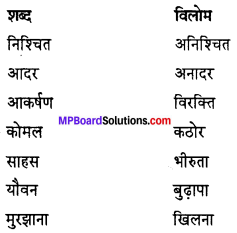
प्रश्न 5.
पाठ में आए पुनरुक्तिप्रकाश के उदाहरण छाँटकर लिखिए।
उत्तर:
कण-कण,हँस-हँस।
प्रश्न 6.
निम्नलिखित पंक्तियों का भाव सौन्दर्य स्पष्ट कीजिए
(क) “गगन गायेगा गरज कर गर्व से तेरी कहानी”
(ख) “काल अभिनन्दन करेगा आज तेरा समय सादर।”
उत्तर:
(क) वीर रस की पंक्तियाँ हृदय में उत्साह जाग्रत करती हैं। अनुप्रास अलंकार की छटा दर्शनीय है।
(ख) वीर रस का प्रयोग हुआ है। मानवीकरण किया गया है।
![]()
देखो मालिन मुझे न तोड़ो भाव सारांश
प्रस्तुत कविता ‘देखो मालिन मुझे न तोड़ो’ सुप्रसिद्ध कवि ‘शिवमंगल सिंह सुमन’ द्वारा रचित है। इस कविता में कवि ने स्पष्ट किया है कि मानव जीवन भी पुष्प के समान सुगन्ध रूपी प्रेम लोगों में बाँटता है। कवि आशावादी है।
संकलित कविता में वे जीवन और फूल को एक समान अनुभव करते हैं। जीवन एक फूल के समान है जो सौन्दर्य और सुगन्ध को बिखेरता है। कवि मालिन को सम्बोधित करते हुए कहता है कि जैसे वह फूल-फूल से रस लेती है, वैसे ही कवि की चेतना जन-जन के प्रेम के मधु को एकत्रित करती है। जीवन और पुष्प दोनों में आकर्षण है और एक दिन यह आकर्षण समाप्त हो जायेगा और दोनों धूल में मिल जायेंगे। कवि की चेतना प्रिया बनकर जीवन को प्रसन्नता देती है और कभी जीवन में विपन्नता भी लाती है। कवि का स्वर आशावादी है, इसलिए वह जीवन के आनन्द को शाश्वत बनाने की कामना करता है।
देखो मालिन मुझे न तोड़ो संदर्भ-प्रसंग सहित व्याख्या
(1) हम तुम बहुत पुराने साश्री
जगती के मधुबन में
दोनों तन-मन से कोमल हैं।
फूल रहे गृह, बन में
हम उपवन का, तुम जन-मन का मधु, कण-कण कर जोड़ो,
देखो मालिन, मुझे न तोड़ो।
शब्दार्थ :
जगती = संसार; मधुवन = ब्रजभूमि के एक वन का नाम।
सन्दर्भ :
प्रस्तुत पंक्तियाँ ‘देखो मालिन मुझे न तोड़ो’ नामक कविता से उद्धृत हैं। इसके रचयिता शिवमंगल सिंह ‘सुमन’ हैं।
प्रसंग :
प्रस्तुत पंक्तियों में कवि पुष्प से कहलवाता है कि हे मालिन ! तुम मुझे मत तोड़ो।
व्याख्या :
पुष्प मालिन से कहता है कि संसार रूपी मधुवन में हम पुराने साथी हैं। दूसरे अर्थ में जीवन और पुष्प पुराने समय से साथ-साथ हैं और अपने जीवन में परोपकार में रत हैं। हम दोनों तन-मन से कोमल हैं और अपने घर और वन में फल-फूल रहे हैं। पुष्प उपवन में मधु संचय करते हैं उसी प्रकार कवि की चेतना जन-जन के प्रेम के मधु को एकत्रित करती है। पुष्प मालिन से कहता है कि हे मालिन मुझे ! मत तोड़ो।
काव्य सौन्दर्य :
- भाषा में सरलता और प्रवाह पाठक की अनुभूति के अनुकूल है।
- पुष्प का मानवीकरण किया गया है।
- कवि की शैली में सरलता एवं स्वाभाविकता है।
2. हम-तुम दोनों में यौवन है
दोनों में आकर्षण
दोनों कल मुरझा जायेंगे
कर क्षण-भर मधुवर्षण
आओ, क्षण भर हँस खिल मिल लें, कल की कल पर छोड़ो,
देखो मालिन, मुझे न तोड़ो।
शब्दार्थ :
यौवन = जवानी; आकर्षण = खिंचाव; मधुवर्षण = शहद बरसाना।
सन्दर्भ :
पूर्ववत्।
प्रसंग:
इन पंक्तियों में कवि ने बताया है कि संसार में जीवन और पुष्प दोनों में जीवन है।
व्याख्या :
कवि कहता है कि जीवन और पुष्प दोनों में यौवन है और दोनों में ही आकर्षण है। एक दिन वे अपना प्रेम और मधु दान कर मुरझा जायेंगे। इसलिए आओ, क्षणभर हँस-खेल कर अपना जीवन सुखपूर्वक व्यतीत कर लें,कल की कल देखी जायेगी। अर्थात् भविष्य का तो पता नहीं है,क्या होगा। अतः वर्तमान को खुशी से जी लेना चाहिए।
काव्य सौन्दर्य :
- जीवन और पुष्प का मानवीकरण किया गया है।
- कवि ने वर्तमान को महत्त्वपूर्ण बताया है।
- अनुप्रास अलंकार से कविता की शोभा बढ़ गई है।
![]()
(3) जब जग मुझे तोड़ने आता
मैं हँस-हँस रो देता
जब तुम मुझ पर हाथ उठाती
मैं सुधि-बुधि खो देता
हृदय तुम्हारा-सा ही मेरा इसको यों न मरोड़ो,
देखो मालिन मुझे न तोड़ो। (2011, 15)
शब्दार्थ :
सुधि-बुधि = होश-हवाश।
सन्दर्भ :
पूर्ववत्।
प्रसंग:
इन पंक्तियों में फूल ने मालिन से कहा है कि जब कोई मुझे तोड़ने आता है, तो मैं सुधि-बुधि खो बैठता हूँ।
व्याख्या:
जब लोग मुझे तोड़ने आते हैं, तो मैं हँसता हुआ रो देता हूँ और हे मालिन ! जब तुम मुझे तोड़ने के लिए हाथ उठाती हो,तो मैं अपनी सुधि-बुधि खो देता हूँ। जीवन की तरह ही पुष्प का भी हृदय कोमल है,वह कामना करता है कि उसे मरोड़ कर नष्ट मत करो, हे मालिन ! मुझे न तोड़ो।
काव्य सौन्दर्य:
- भाषा में सहजता और सरलता है।
- पुष्प का मानवीकरण किया गया है।
- ‘हँस-हँस’ में पुनरुक्तिप्रकाश है।
बढ़ सिपाही भाव सारांश
प्रस्तुत कविता ‘बढ़ सिपाही’ राष्ट्रीय भावनाओं के द्योतक कवि ‘आचार्य विष्णकान्त शास्त्री’ द्वारा रचित है। इस कविता के माध्यम से कवि युवकों को विजय पथ पर अग्रसित करने हेतु प्रेरित करना चाहता है।
वह उनमें आत्मबल भरना चाहता है। उनका मूल मन्त्र है कि विजय उनको ही मिलती है जिन्हें अपने आत्मबल और विजय का विश्वास होता है। विजय का यही विश्वास जीवन दर्शन बनकर प्रतिकूल परिस्थितियों को बदलने की सामर्थ्य रखता है। नाश को भूमि पर नवनिर्माण करने का साहस भी नवयुवक के आगे बढ़ते हुए कदमों को है। नवयुवक कभी कदम आगे बढ़ाकर पीछे नहीं हटते और यदि वे ऐसा सोचते भी हैं, तो कवि उन्हें शपथ दिलाता है कि वे बढ़कर पीछे न हटें। वे आगे बढ़कर ही विजय प्राप्त कर सकते हैं। तेरे त्याग से ही गौरवशाली इतिहास का निर्माण होगा। गगन और धरती तेरी विजय से धन्य हो जायेगी।
![]()
बढ़ सिपाही संदर्भ-प्रसंग सहित व्याख्या
(1) विजय पथ पर बढ़ सिपाही
विजय है तेरी सुनिश्चित।
लोटती है विजय चरणों पर उन्हीं के, जो बढ़े हैं,
तुच्छ कर सब आपदाएँ, धर्मपथ पर जो अड़े हैं।
विश्व झुकता है उन्हीं के सामने जो हैं झुकाते,
बदलकर बिगड़ी परिस्थिति, हो अभय जय-गीत गाते।।
बढ़ सँभल कर, बन उन्हीं सा, प्राप्त कर तू फल अभीप्सित।
विजय है तेरी सुनिश्चित। (2014)
शब्दार्थ :
तुच्छ = छोटा; आपदाएँ = संकट; धर्मपक्ष = धर्म का रास्ता; अभीप्सित = वांछित।
सन्दर्भ :
प्रस्तुत पंक्तियाँ ‘बढ़ सिपाही’ नामक कविता से उद्धृत की हैं और इसके रचयिता विष्णुकान्त शास्त्री हैं।
प्रसंग :
यहाँ पर कवि नवयुवकों का आह्वान करते हुए कहता है कि वे अपने प्रगति-पथ पर आगे बढ़ते रहें, विजय उनकी सुनिश्चित है।
व्याख्या :
कवि कहता है कि हे सिपाही (नवयुवक) ! तू विजय पथ पर आगे बढ़ता जा, तेरी विजय सुनिश्चित है। जो लोग निर्भय होकर आगे बढ़ते हैं और अपने रास्ते की बाधाओं को नकारते हुए धर्मपथ पर डटे रहते हैं, उन्हीं के चरणों में विजय लोटती है अर्थात् उन्हीं साहसी व्यक्तियों को विजय प्राप्त होती है। विश्व उनके सामने ही झुकता है जो उसे झुकाने की शक्ति रखते हैं। वे अपनी प्रतिकूल परिस्थितियों को भी बदल देते हैं और अभय के गीत गाते हुए आगे बढ़ते हैं। तू आगे बढ़ और उन जैसा ही वीर बनकर अपनी इच्छानुसार फल प्राप्त कर। तेरी विजय निश्चित है।
काव्य सौन्दर्य :
- वीर रस की कविता है।
- कहीं कहीं अनुप्रास अलंकार की छटा दर्शनीय है।
- यह युवकों के लिए प्रेरणास्पद कविता है।
(2) दे रहे आह्वान तुझको मत्त होकर मेघ काले,
उठ रही झंझा प्रबलतम जोर इनका आजमा ले।
शपथ तुझको जो हटाया एक पग भी आज पीछे,
प्राण में भर अटल साहस खेल लें, इनको खिला ले।
नाश की पटभूमिका पर, सृष्टि का कर चित्र अंकित।
विजय है तेरी सुनिश्चित। (2009)
शब्दार्थ :
आह्वान = बुलाना; मत्त = मस्त; झंझा = आँधी; प्रबलतम = जोर की; सृष्टि = निर्माण।
सन्दर्भ एवं प्रसंग :
पूर्ववत्।
व्याख्या :
कवि कहता है कि हे नवयुवक ! आकाश में घिरते हुए काले बादल तेरा आह्वान कर रहे हैं। बड़े बेग से आती हुई आँधी तेरे सामने है,तू इससे लड़कर अपने बल की परीक्षा कर ले। जो लोग अपने पथ में अग्रसर होकर पीछे लौटने की सोचते हैं उनको कवि शपथ देता है कि वे अपने पैर आगे ही बढ़ाएँ,पीछे कदापि न लौटें। अपने प्राणों में अटल साहस भर लो और साथ में अन्य लोगों को भी ले लो। नाश की पटभूमि पर तू निर्माण का चित्र बना। अर्थात् नाश की परवाह न करके निर्माण का मार्ग बनाएँ। तू निरन्तर आगे बढ़ता चल,तेरी विजय निश्चित है।
काव्य सौन्दर्य :
- वीर रस की कविता है।
- सरलता है और स्वाभाविकता है।
- कविता ओज से दैदीप्यमान है।
![]()
3. छोड़ देंगी मार्ग तेरा विघ्न बाधाएँ सहम कर,
काल अभिनन्दन करेगा आज तेरा समय सादर।
मगन गायेगा गरज कर गर्व से तेरी कहानी,
वक्ष पर पदचिह्न लेगी धन्य हो धरती पुरानी॥
कर रहा तू गौरवोज्ज्वल त्यागमय इतिहास निर्मित।
विजय है तेरी सुनिश्चित।। (2017)
शब्दार्थ :
विन बाधाएँ = रुकावटें; अभिनन्दन = स्वागत; वक्ष = सीने पर; पदचिह्न = पैरों के निशान; गौरवोज्वल = गौरव से उज्ज्वल; त्यागमय = त्याग से भरा; निर्मित = बना हुआ।
सन्दर्भ :
पूर्ववत्।
प्रसंग :
इन पंक्तियों में कवि कहता है कि तू विघ्न-बाधाओं को सहन करता हुआ चल, समय तेरा स्वागत करेगा।
व्याख्या :
कवि नवयुवक का आह्वान करते हुए कहता है कि तू मार्ग की बाधाओं को सहन कर लेगा तो वे तेरा मार्ग छोड़ देंगी और समय तेरे साहस को देखकर तेरा स्वागत करेगा। तेरी सफलता पर प्रसन्न होकर आकाश गर्व के साथ तेरी कहानी कहेगा। धरती तेरे पग चिह्नों को अपने ऊपर अंकित कर लेगी। तू अपने त्याग से गौरवपूर्ण इतिहास का निर्माण करेगा। विजय प्राप्त करना ही तेरी कहानी होगी अर्थात् तेरे भाग्य में विजय ही लिखी हुई है।
काव्य सौन्दर्य :
- कविता में वीर रस की अभिव्यक्ति सुन्दर है।
- अनुप्रास अलंकार की छटा अद्भुत है।
- वीर पुरुष के सिद्धान्त को प्रतिपादित किया गया है।
